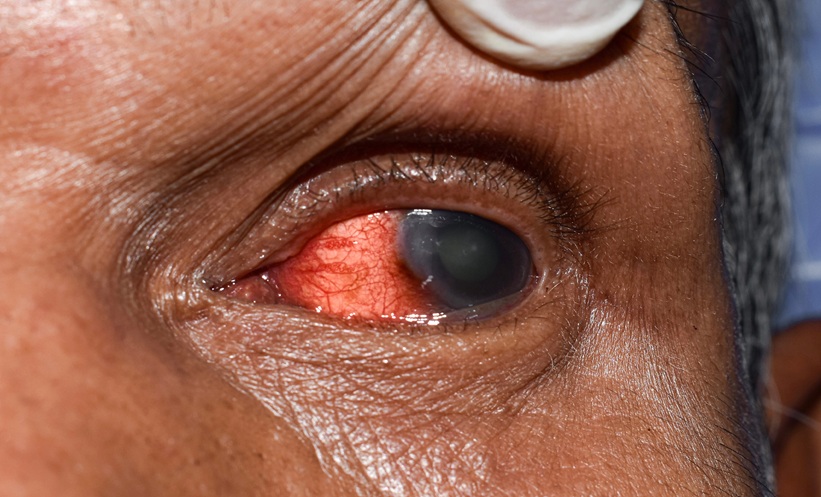CANDIDA endophthalmitis and chorioretinitis, sight-threatening complications of candidemia, are on the rise and require faster, more coordinated care, according to a recent review. While these fungal infections remain rare, their prevalence has doubled from 1.2% in the pre-echinocandin era to 2.1% following the antifungal class’s introduction, signaling a pressing need for standardized management protocols.
The review synthesizes current evidence on the pathogenesis, diagnosis, and treatment of these ocular infections. Timely identification remains a critical challenge, particularly as early manifestations may be subtle or asymptomatic. Indirect ophthalmoscopy remains the diagnostic gold standard, yet it is underused in routine care, particularly for candidemia patients without overt ocular symptoms. Ancillary imaging such as optical coherence tomography (OCT) or fundus photography may support lesion detection, while microbiological confirmation via vitreous sampling, though definitive, is often hindered by low fungal burden.
Systemic antifungals, most notably fluconazole and voriconazole, are the cornerstone of therapy. In more severe or refractory cases, intravitreal antifungal injections and surgical interventions like vitrectomy are warranted. However, treatment decisions remain inconsistent across clinical settings due to guideline gaps and a lack of robust comparative trials.
Emerging diagnostic innovations may offer new hope. CRISPR-based fungal DNA detection assays show promise, though they are not yet in widespread use. Similarly, while artificial intelligence has revolutionized diagnostics in diabetic retinopathy and macular degeneration, its application to Candida-related ocular disease is still in early exploration.
The review emphasizes the importance of harmonized screening practices, especially among patients with candidemia. Strengthening ophthalmologic access and multidisciplinary collaboration, particularly among infectious disease, ophthalmology, and critical care teams, will be crucial for improving outcomes. The authors also highlight the potential of telemedicine and imaging platforms in broadening early detection and follow-up care.
With fungal eye infections posing a growing risk for irreversible vision loss, clinical awareness, timely diagnosis, and streamlined care pathways are urgently needed to mitigate long-term morbidity.
Reference:
Permpalung N. Diagnosis and Management of Candida Endophthalmitis and Chorioretinitis. Clin Microbiol Infect. 2025:S1198-743X(25)00259-9. [Online ahead of print]








